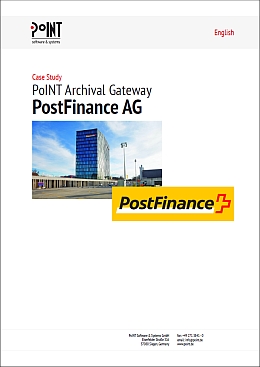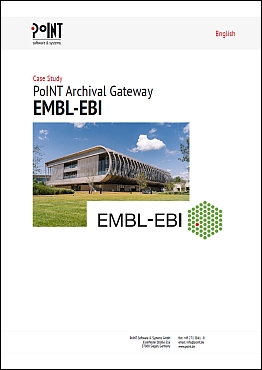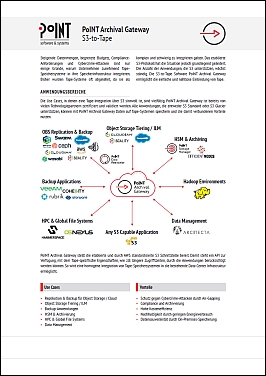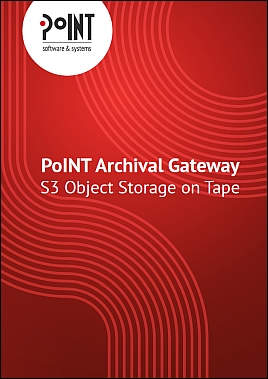Do you back up your cloud and object storage regularly? Hard disk-based object storage and cloud services are considered highly available. But high availability does not automatically mean data protection.
- Why should data on object storage systems also be included in your backup strategy?
- What are the options for reliably and cost-effectively backing up this unstructured data on a different storage medium?
Risks
Data growth is unabated, and data has long since become one of companies' most valuable assets. In this context, data protection is often neglected, even though a loss of data is associated with economic consequences.
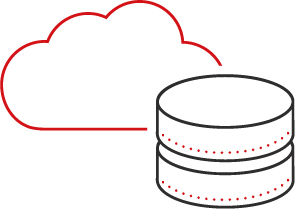
Object storage is becoming increasingly popular, as it offers many advantages, especially for unstructured data from analytics and IoT applications:
- Facilitated application development through standardized interface
- High scalability for increasing data volumes
- Attractive price
- High availability due to redundancies, erasure coding and replication
Erasure coding and integrated replication functions in particular ensure the high availability of object storage systems. Thus, failures of individual components can usually be well compensated.
Nevertheless, even for object storage, there are the known dangers against which storage systems should always be protected. These are, for example:
- Human error or manipulation
- Hardware failures and technical errors
- Software errors
- Cyberattacks and malware
Conclusion: When it comes to object storage, human errors in particular, such as accidental deletion of data, or malware attacks threaten data security. These factors can destroy large data sets and lead to their irretrievable loss.
Data protection for object storage
A backup increases data protection and availability, especially if the backup is available as a 1:1 copy of the data. This also applies to object storage, despite its high availability.
A reliable backup for object storage systems must meet several criteria:
- Additional storage technology:
Backup should not be on the same storage technology as the primary storage of the data. Thus, an alternative technology must be found for backup of disk-based object storage. - Independent storage medium:
The backup medium should be offline-capable to provide the necessary protection against malware. - Performance and capacity for large amounts of data:
A major challenge for object storage backup is the enormous volume of data. The storage technology used for backup must store the data quickly, and provide the same scalability as the primary object storage systems. - Storage as object data:
The objects must also be stored as such in the backup. Converting them to a file system would imply loss of information and other disadvantages. - Fast recoverability:
If a failure occurs, workflow continuity of must be guaranteed by a quick restore of the data from the backup.
Use Case: Backup for Object Storage with Cloudian HyperStore and PoINT Archival Gateway
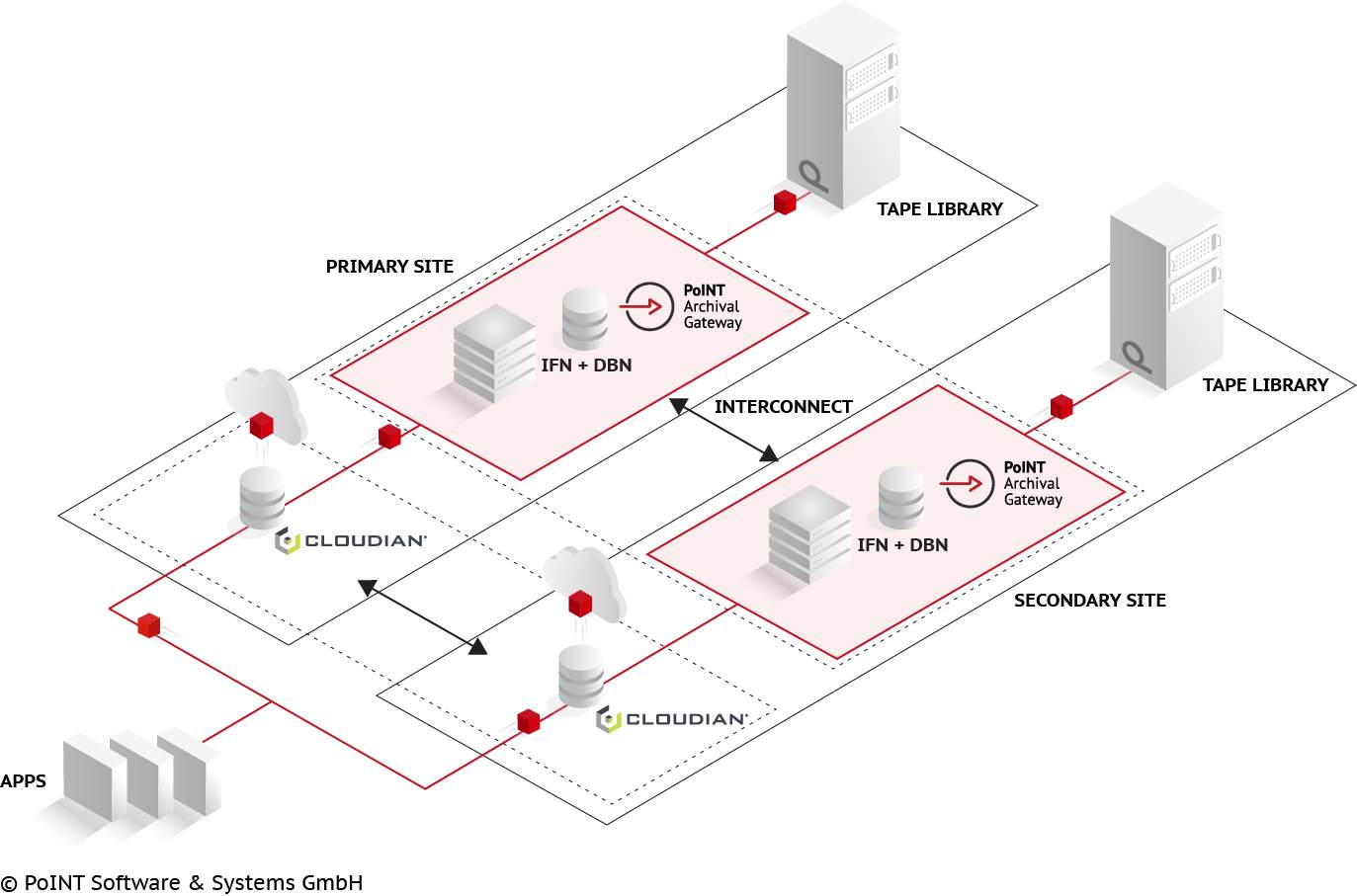
The Cloudian HyperStore object storage systems allow a so-called Cross Region Replication to an external target:
- Automatic, asynchronous copy process
- Replication of new objects to an external target
- Automatic backup for important object data
The tape-based S3 object storage PoINT Archival Gateway is perfectly suited as replication target and backup storage for your valuable data. Using Cross Region Replication, the software automatically receives the data copy and stores it on tape:
- Classic backup medium
- Cost-efficient and standardized
- Protection against cyberattacks through offline capability ("Air Gap")
Case Study PostFinance AG
The Swiss financial institution PostFinance AG has more than 1 PB of data saved to a highly available hard drive-based object storage system. In order to improve its data security, PostFinance adopted an automatic data replication solution using the tape-based PoINT Archival Gateway. Data is replicated automatically and redundantly to two independent tape libraries.
Thanks to the PoINT Archival Gateway's native S3 API, the solution integrates seamlessly into the company's existing infrastructure. Most importantly, it means that PostFinance has easy access to the backup in case of emergency. The PoINT Archival Gateway is fully capable of flexibly expanding the system’s current capacity of 2.4 PB without relying on any individual vendor.
For further details please see our case study.
Case Study EMBL European Bioinformatics Institute (EMBL-EBI)
EMBL’s European Bioinformatics Institute (EMBL-EBI) stores research data and compressed data of less than 1MB up to 100GB in size, with a current dataset of approximately 50PB. Backup and long-term archiving data is written to tape. The previous in-house solution wrote the data from object storage to a disk file system and then to tape media. However, this approach did not provide sufficient performance for the growing data volumes. Moreover only 90% of the tape’s capacity was utilized.
With the introduction of PoINT Archival Gateway, the research institute now has a high-performance and cost-effective solution to write data directly to tape via the standardized S3 interface and to cope with the data growth.
For further details please see our case study.
PoINT Archival Gateway enables seamless integration of tape libraries as additional S3 storage class via the standardized S3 REST API.
- Data is backup up on an additional, cost-efficient and vendor-independent storage technology – on tape.
- PoINT Archival Gateway supports highest transfer rates. Capacity and performance can be scaled flexibly according to requirements.
- PoINT Archival Gateway stores object data on tape via the standardized S3 interface. Data is not converted into a file system – the original format is preserved.
- In case of an emergency the data can be restored efficiently.
- The risk of data loss is minimized.
Further information about PoINT Archival Gateway can be found here.

